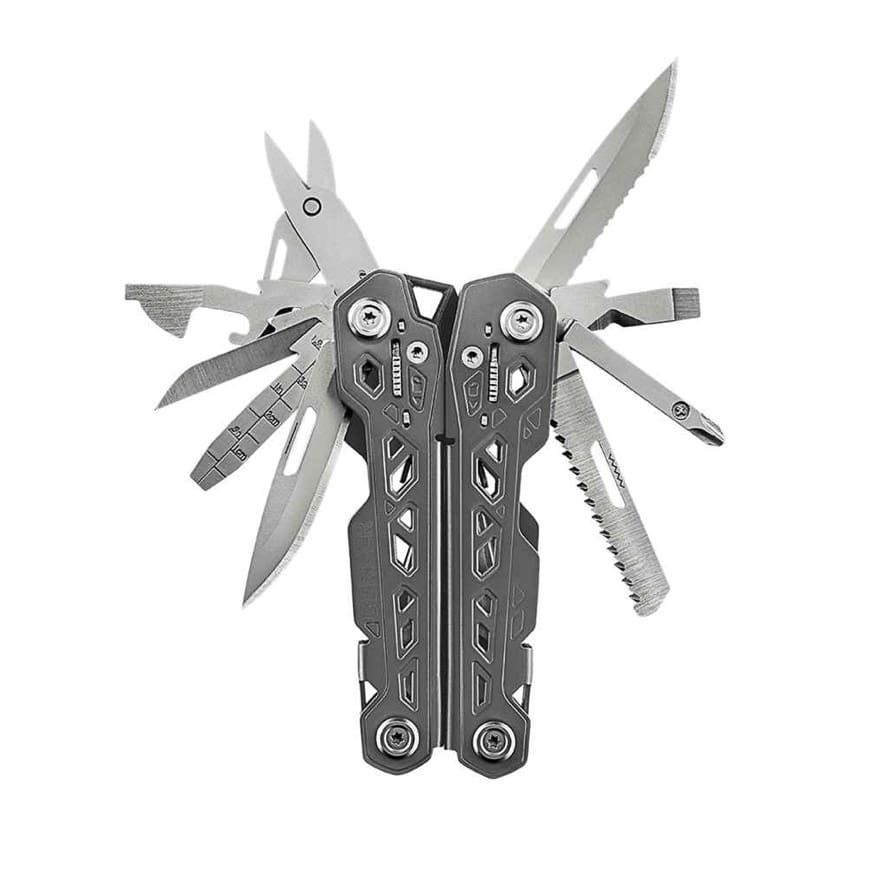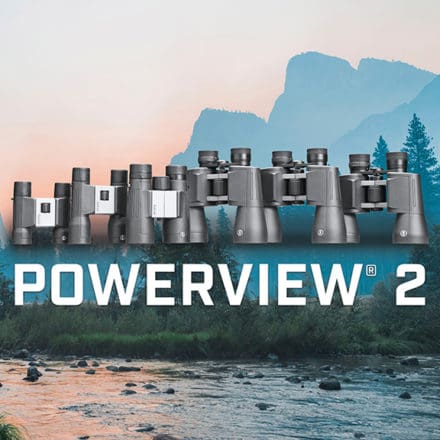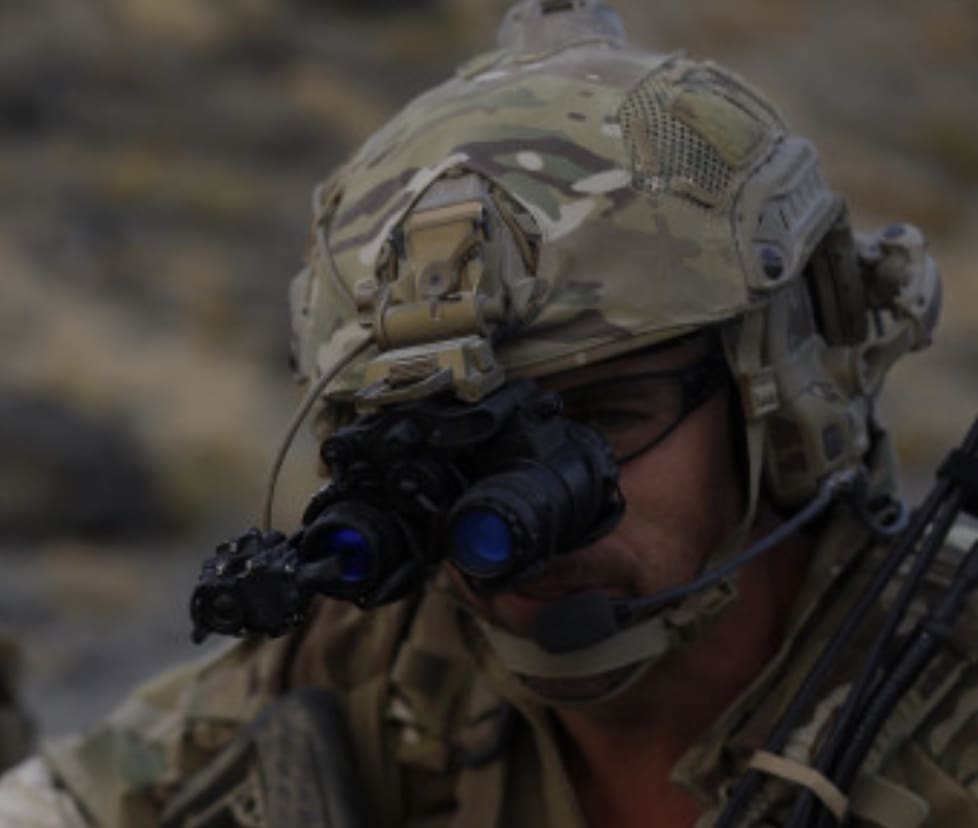For the serious precision rifle shooter, PROOF® Research has again listened and significantly reduced rifle weight without compromising long-range accuracy.

Columbia Falls, Mont. (August 2020) – PROOF® Research, an innovator in precision rifle technology, is proud to announce the newest addition to their precision, long-range rifles with the Conviction Ti, a new standard in lightweight, tactical, long-range rifles.
PROOF Research combined a lightweight, titanium receiver with their match-grade, carbon-fiber barrel and laid carbon-fiber stock. With a starting weight of just 6 lbs. 6 oz., the Conviction Ti is backed by Proof Research’s SUB ½ MOA guarantee. The ergonomic design features an adjustable cheekpiece, a near-vertical grip, low-profile flush cups, integral rail and a wider forearm to accommodate an EFR mount. Also, the Conviction Ti is available with a right or left-handed titanium action, a TriggerTech trigger, and a Pachmayr recoil pad. Using PROOF Research’s Extreme-Accuracy bedding technique, the Conviction Ti long-range rifle will not disappoint competitors, hunters, or our nation’s peacekeepers for its uncompromising accuracy over extreme distances.
The Conviction Ti rifle excels in every-shot performance, even at exceptional distances. For the hunter, competitor, and military, where weight is an important consideration when carrying a fully kitted-out rifle, loaded backpack and other accessories, the Conviction Ti rifle is the clear winner. Even fully kitted with scope, suppressor and bipod, the Conviction Ti rifle comes in under 13 lbs., half the weight of traditional tactical rifles.
The Conviction Ti’s lightweight carbon fiber stock and barrel are made with cutting-edge polymer technologies, coupled with a titanium receiver that is lighter than steel but even stronger than high-strength steel. The Conviction Ti is a superior rifle for consistent, long-range performance in the toughest environments.
The PROOF Research Conviction Ti precision rifle weighs between 6 lbs. 6oz and 8 lbs. 2oz. depending upon the specific build and starts at $8,499. Head over to proofresearch.com to build your own Conviction Ti.
PROOF Research’s high-fiber content, cut-rifled composite barrels are well-known within the precision rifle community for their extreme accuracy. Developed to enhance mission success for our warfighters, PROOF Research’s carbon fiber barrels are designed for long-range accuracy, performance, and reliability under any environmental condition.
Find out more about PROOF Research barrels and rifles at proofresearch.com.























































































































